1995 Creative Edge
Platforms: Commodore Amiga, Atari Jaguar, Atari Jaguar 2 and Atari Lynx
A long running Atari Jaguar mystery for some years now, and a game starting out on a completely different platform. Originally Green Thang was shortlisted to be covered in The Games That Weren’t book when discussing possible Jaguar titles with David Wightman. This led to an exciting early discovery which we will share with you shortly. In the end it was decided to cover Deathwatch, so now as part of our bonus book content series, we share what we managed to find out during our brief investigations.
Green Thang originally started life with a working title of Frogs, developed by two University students – Michael Pollard (code) and Alan Burns (graphics). It was demoed to Creative Edge around 1994, and CEO/Head programmer David Wightman absolutely loved it. The game (and team) was signed up as a result, with the proper title of “Green Thang” subsequently assigned.
The game was designed to complete with the likes of Zool and B.O.B, with a slick main character and very fast paced action throughout. The aim though was to try and surpass both of its inspirations and create something to completely blow Amiga users away. Not long after signing up the game, David reveals a deal was made with Atari to make the game an exclusive for the Jaguar. Sadly this would signify the end of the Amiga development, and there not been the exclusivity – it would have been finished and released on the Amiga.
Keeping it simple
The Amiga graphics were initially just recreated on the Jaguar in their original form as a starting point, and the team would keep within limited colour palettes during most of the short-lived development to aid a potential transfer to the Atari Lynx.
The plan would then be to upscale the graphics near the end of development and utilise more of the Jaguar’s raw graphical power. The Atari Lynx development was only ever briefly started according to David, and was stopped early on, oddly when the deal was made to make the game a Jaguar exclusive. Odd, as why could the game not appear on both Atari platforms?
Sean Connolly (musician at Creative Edge) recalls the Jaguar development, with Michael and Alan adding tons of parallax effects to create a huge amount of depth. Even with all the effects, the game hardly slowed down at all. He recalled at least 3 layers of background parallax, and even described it as being like “Sonic on steroids”.
Jaguar owners would never get their “steroid-induced” platformer in the end, and Sean gave two reasons as to why. Firstly, Michael and Alan were both University students. Therefore after the summer working at Creative Edge, they went back to University and the game never went any further as a result.
David also suggests that work was stopped after Atari decided to can the Jaguar. It was apparently around 70% complete (half way through creation of the new enhanced graphics) when it was decided to sell to JTS. The team were in talks about potentially moving over production to the Atari Jaguar 2, which had the chipset running downstairs in a lab. The team were offered to have a play with the new chipset when a dev kit was going to be available, but it never got that far sadly.
We had wondered if it was anything to do with the title being 2D, and Atari wanting 3D – but David confirms that this was irrelevant, as there were lots of next-gen effects and layers to make an extraordinary platformer running at 60FPS. He suggests though that had the development moved over to the Jaguar 2, then a lot of the characters would have been changed over to 3D at that point. They were looking at Nights into Dreams on the Saturn as inspiration to how it could be moved over to 3D.
A chance discovery
Over 20 years on, and when speaking to Sean about Green Thang, he surprised us by revealing an early Amiga build. Fortunately Sean would carry out a TransDisk first before attempting to boot the disk, as subsequently, the real disk started encountering read errors right after.
Thanks to Sean, we are pleased to present an early playable prototype for the very first time, consisting of 2 early test levels. When the disk boots, use menu item 1 to load a level. Enter either neonnights or twilightzone to load a level – then press 2 to play the game.
Within the prototype, you can run around and pick up collectables, as well as shoot a few enemies. There isn’t a huge amount to do, but you can at least explore two large test levels, as well as enjoy the slick animation and fast smooth scroll throughout.
It seems the intention would have been to save creatures per level, and obtain keys to unlock parts of the map (as indicated in the score panel). None of this is active at all in the demo at this stage. There would have likely been end of level bosses and possibly other genres of game to break up the action. Hopefully we’ll hear from the developers themselves someday to hear of their plans.
Interestingly there are options at the start to edit levels and play with some other parameters. We feel there could be more than meets the eye with the ADF, with more unused assets potentially to uncover. So if anyone with greater Amiga expertise finds anything else interesting on the disk image, please do let us know.
David also once shared what are believed to be Jaguar screenshots in an interview with AtariAge (see gallery). His screens showcase new enemies, different bullets and some new worlds compared to the Amiga prototype. Could anything of this more advanced version also be saved for the Jaguar?
Well, sources suggest that David may one day release a number of his Jaguar prototypes, including Green Thang, but he hasn’t suggested that he still has anything. Hopefully someone does, and we’ll get to see more of the development in the future.
Download
Gallery
Sources:
- Interview with David Wightman: https://atariage.com/forums/topic/207172-david-wightman-baldies-s-creator-interview
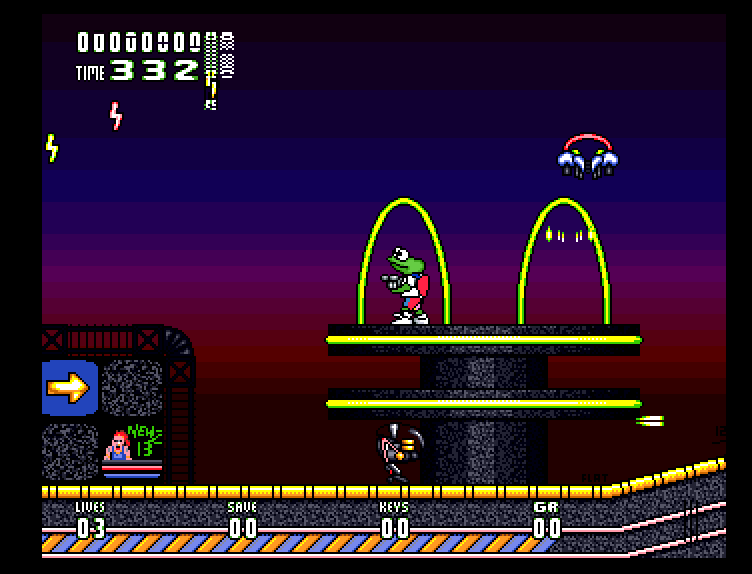
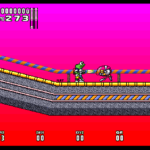
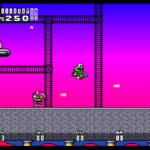
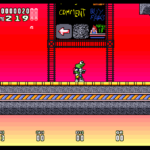
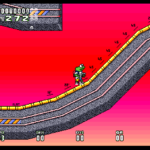
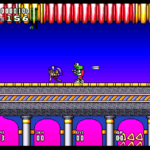
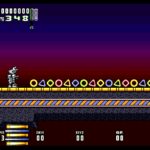
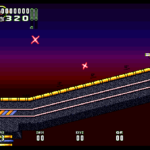
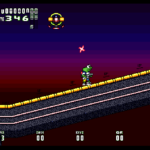
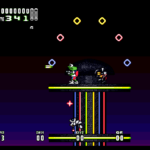
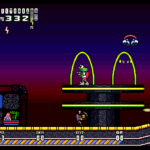
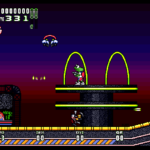
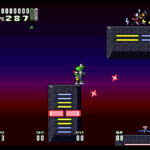
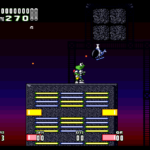
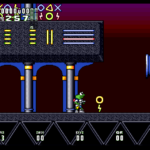
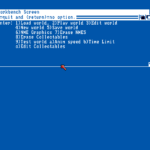
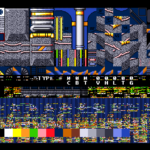
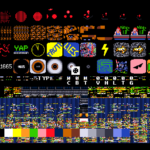
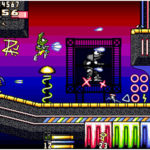
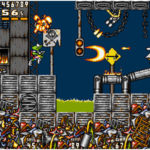
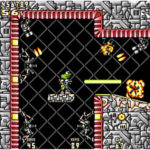
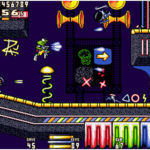

I actually went to school with Mike and Alan and had the privilege of playing a number of builds of this, even before it was taken to Creative Edge. Really talented guys, Mike was particularly proud of the scrolling code and effects. It was buttery smooth and really fast at a time when that wasn’t necessarily a given on the Amiga.
Shame it never saw the light of day!
That’s very cool, thanks for sharing Brian. Are you still in touch with either of them?
Thanks for adf file. They should at least finish amiga version if they manage to develop working slice. But that’s just my opinion.